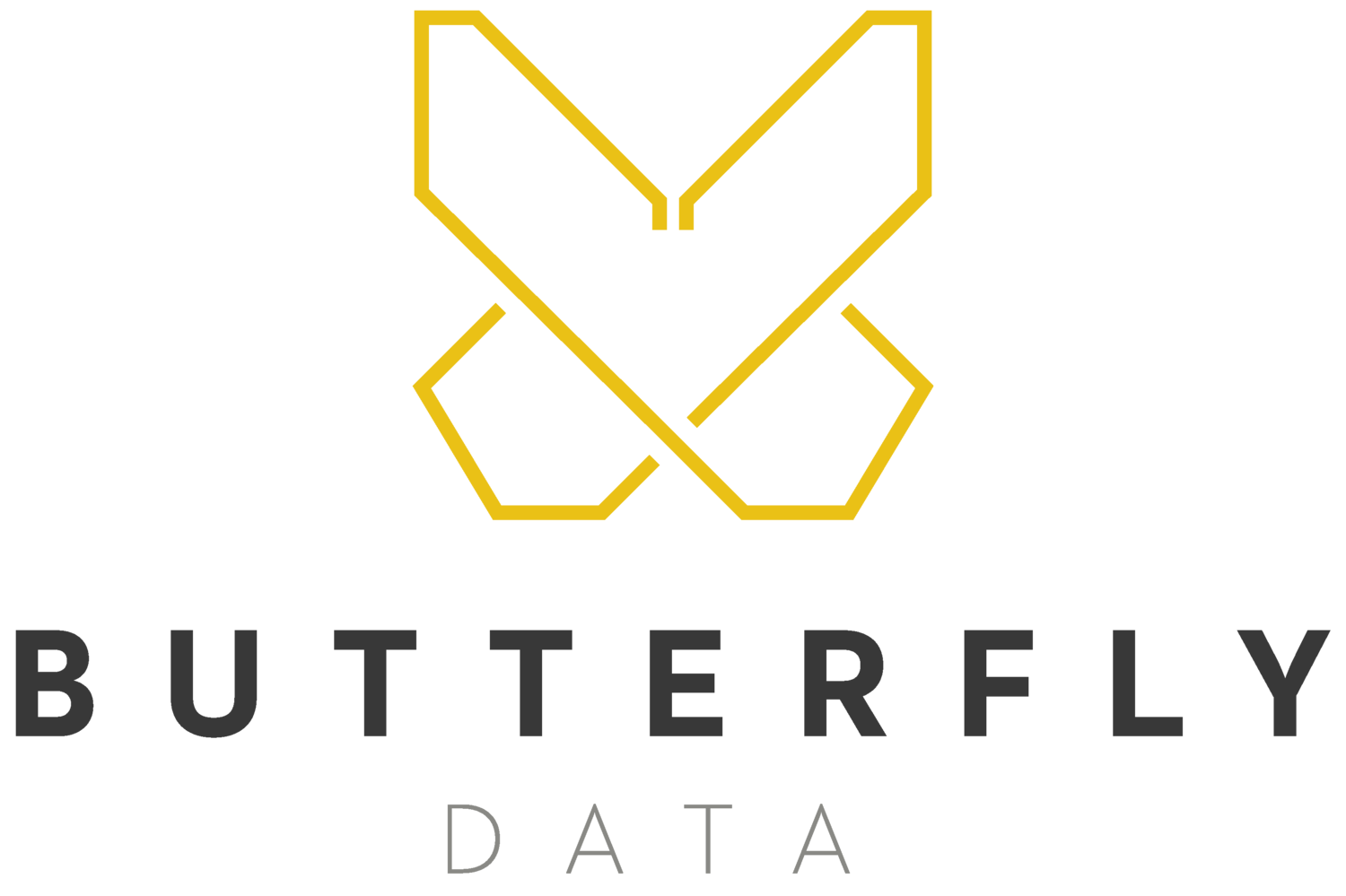
Data Integration
-
The process of merging data from multiple source systems, to generate unified sets of information for both operational and analytical purposes, is known as data integration. It is common in larger organisations where data sources are disparate Integration is a critical component of the entire data management process; its major goal is to provide consolidated data sets that are clean and consistent, as well as to suit the information demands of various end users in an organisation. Customer data integration, for example, entails extracting information about each individual consumer from diverse corporate systems such as sales, accounts, and marketing and combining it into an unified picture of the customer for customer service, reporting, and analysis.Data integration happens when many data sources are combined into a single database, providing users with quick access to the information they need.
-
Primarily, it improves collaboration and facilitate omnichannel customer experiences, significantly saving more time by reducing the need for manual data gathering and analysis. Automated integration promotes the integrity and consistency of data across corporate systems and applications, and effective integration makes it simple to exchange information with those who need it. When a rapid response time is required, real-time data streams can deliver reliable, up-to-date information. Finally, good integration improves corporate agility, particularly In a fast-paced environment where new systems are being introduced on a regular basis, it is critical to have an integration framework that can adapt quickly and simply.
Benefits and values generated
In order to remain competitive, companies need access to accurate, relevant, and up-to-date information. When systems are outfitted with real-time integration, they can improve their overall performance. Not only will data collection and conversion take considerably less time, but it will also allow for actionable insights, agility, and real-time intelligence.
-

Data quality and Integrity
-

Making connections between data storage simple, accessible, and rapid.
-

Information transmission across systems is seamless
-

Improved cooperation
-

Complete corporate insights, information, and analytics in real time
-

Enhanced efficiency and ROI.
Various ways of integrating Data
-
the process by which an individual user manually gathers relevant data from numerous sources by directly accessing interfaces, then cleans it up as needed and consolidates it into a single warehouse. This is inefficient and inconsistent, and it makes little sense for any except the tiniest enterprises with limited data resources.
-
iIt s an application-based technique. The software must make data from separate systems compatible with one another during integration so that it may be transported from one source to another..
-
An engineering team creates and maintains custom APIs and webhooks to provide data flows and facilitate integration.
-
Data warehouses allow you to merge data from several sources into a single relational database. This allows you to perform queries across connected data sources, produce reports from all integrated data sources, and analyse and gather data from all integrated data sources in a standard, useable way.
-
A data integration process that takes data from the source system and delivers it to the warehouse. This is the constant process of transforming diverse data sources into useable, consistent information for business intelligence and analytical operations.
Reach out to learn more about these processes
Government
Finance






















